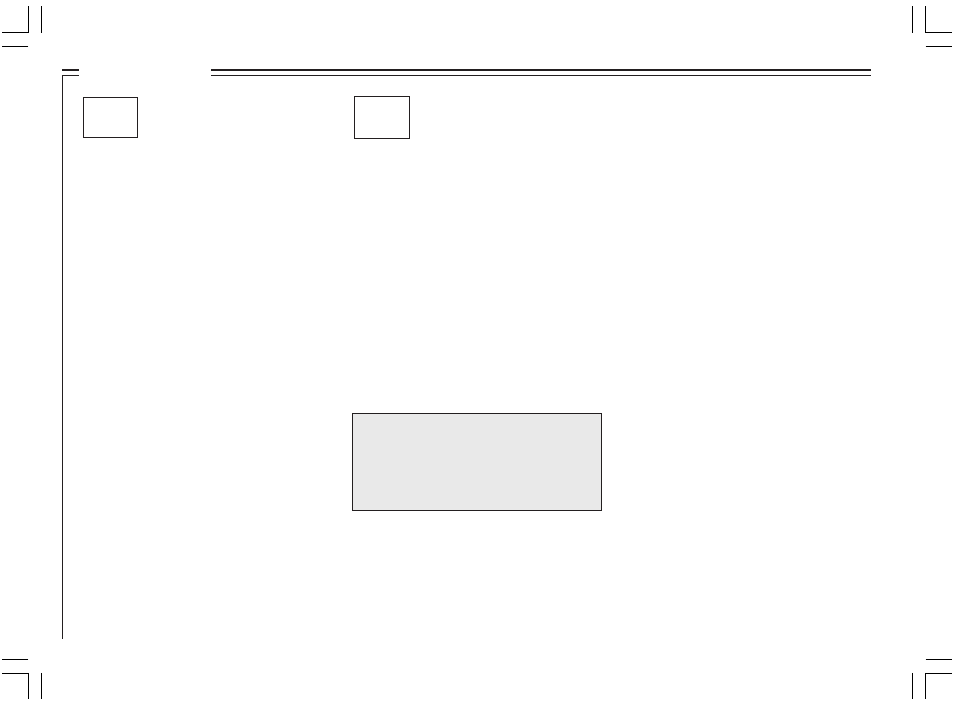Brake system – Volvo 2005 C70 User Manual
Page 80

74
BRAKE
ABS
Anti-lock Brake
System (ABS)
If the warning lamp lights up there is a
malfunction of the ABS system (the standard
braking system will however function) and the
vehicle should be driven cautiously to a Volvo
retailer for inspection. The Anti-lock Braking
System (ABS) helps to improve vehicle
control (stopping and steering) during severe
braking conditions by limiting brake lockup.
When the system "senses" impending lockup,
braking pressure is automatically modulated in
order to help prevent lockup, which could lead
to a skid.
The system performs a self-diagnostic test
when the vehicle first reaches a speed of
approximately 12 mph (20 km/h). The brake
pedal will pulsate several times and a sound
may be audible from the ABS control module.
This is normal.
To obtain optimal effect from the ABS
system, constant pressure should be kept on
the brake pedal while the system is
modulating the brakes. Do not pump the
brake pedal.
The switching of the ABS modulator will be
audible and the brake pedal will pulsate at this
time. Please be aware that ABS does not
increase the absolute braking potential of the
vehicle. While control will be
enhanced, ABS will not shorten stopping
distances on slippery surfaces.
Brake circuit
malfunction
The brake system is a hydraulic system
consisting of two master cylinders and two
separate brake circuits. If a problem should
occur in one of these circuits, it is still possible
to stop the car with the other brake circuit.
If the brake pedal must be depressed farther
than normal and requires greater foot pressure,
the stopping distance will be longer.
A warning light in the instrument panel will
light up to warn the driver that a fault has oc-
curred.
If this light comes on while driving or braking,
stop immediately and check the brake fluid
level in the reservoir.
NOTE: Press the brake pedal hard and
maintain pressure on the pedal do not pump
the brakes.
WARNING!
If the fluid level is below the MIN mark in
either section of the reservoir: DO NOT
DRIVE. Tow the car to a Volvo retailer and
have the brake system checked and any
leakage repaired.
Brake system
Moisture on brake discs and
brake pads affects braking
Driving in rain and slush or passing through an
automatic car wash can cause water to collect
on the brake discs and pads. This will cause a
delay in braking effect when the pedal is
depressed. To avoid such a delay when the
brakes are needed, depress the pedal
occasionally when driving through rain, slush
etc. This will remove the water from the
brakes. Check that brake application feels
normal. This should also be done after
washing or starting in very damp or cold
weather.
Power brakes function only
when the engine is running
The power brakes utilize vacuum pressure
which is only created when the engine is run-
ning. Never let the vehicle roll to a stop with
the engine switched off.
If the power brakes are not working, the brake
pedal must be pressed approximately four
times harder than usual to make up for the lack
of power assistance. This can happen for ex-
ample when towing your vehicle or if the en-
gine is switched off when the vehicle is roll-
ing. The brake pedal feels harder than usual.